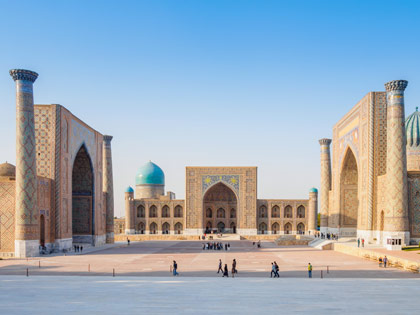Gagarin's Start and Baikonur Site 31
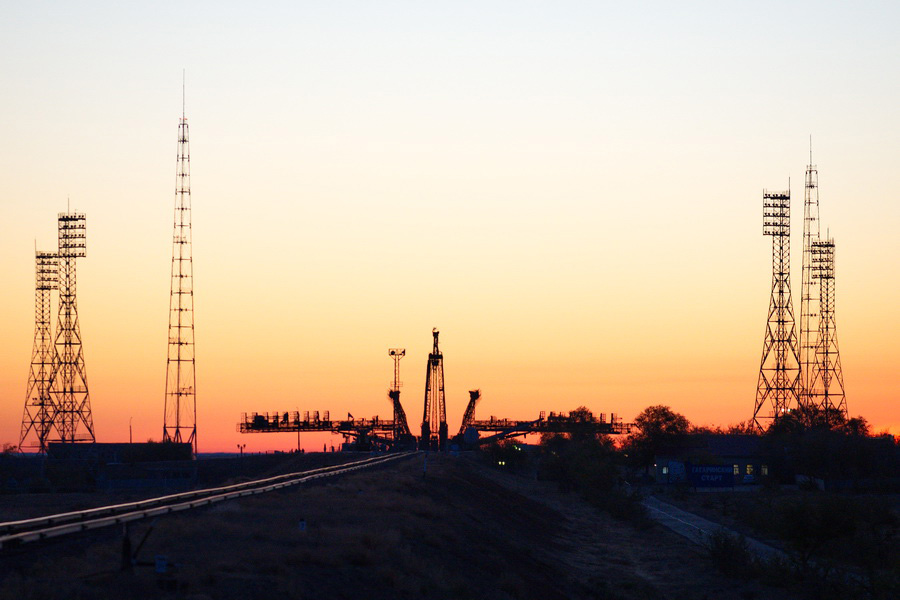
Nestled deep in the Kazakh steppe lies the heart of the Baikonur Cosmodrome - Baikonur Site 1, a hallowed ground that witnessed some of the most legendary rocket launches in human history. It was here that the first artificial Earth satellite was launched, a milestone that ushered in a new era of space exploration. This site also witnessed the first manned spaceflight, and the Soyuz spacecraft that later docked with the Apollo spacecraft.
Over the course of 65 years since its inception, Baikonur Site 1 has been the launch pad for more than 630 rockets, a staggering number that belies its humble origins. Originally intended to test only a few ballistic missiles, the site quickly evolved into a bustling spaceport, with rocket launches occurring frequently.
Construction of Baikonur Site 1 began in 1955, following a decision by a special commission of the USSR to create a missile test range in the region. Soviet engineers, led by the legendary Sergei Korolev, labored tirelessly day and night, blasting through massive quantities of earth with explosives, and hauling away rock using a fleet of trucks. The site's infrastructure soon followed, with fueling stations, rocket lifting mechanisms, and other critical facilities erected to support the space launches.
Today, Baikonur Site 1 remains an active spaceport, continuing to make history as it launches the next generation of rockets and spacecraft into the vast expanse of space.
On May 5, 1957, Baikonur Site 1 was put into operation, and on May 15, the first launch of the R-7 rocket was carried out from there, but it was unsuccessful. This was followed by several more unsuccessful launches, and it wasn't until August 21 that a successful rocket launch was conducted. On October 4, 1957, the first artificial satellite of Earth was launched from Baikonur Site 1, and just a month later, on November 3, the first living creature - a dog named Laika - was sent into orbit.
On April 12, 1961, the Vostok spacecraft carrying the world's first cosmonaut, Yuri Alekseyevich Gagarin, was launched from Baikonur Site 1. This day became known as Cosmonautics Day, and the Baikonur Site 1 soon received the name "Gagarin's Start." In the future, the first female cosmonaut, Valentina Tereshkova, and many manned missions were sent into space from this launch pad. Every year, cosmonauts were sent from Gagarin's Start for orbital flights, and then for sending to orbital stations such as Salyut, Mir, and the ISS.
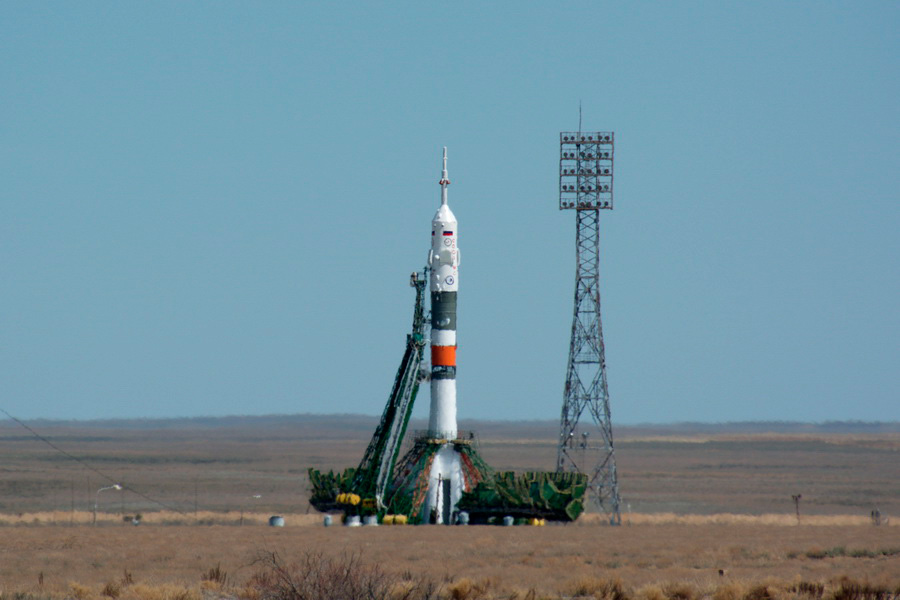
Unfortunately, over the half-century history of Gagarin's Start, there have been accidents. At the very beginning, there were several unsuccessful rocket launches, but they all were without any human casualties, and the identified errors allowed for improvements in rocket preparation. The largest incident at Gagarin's Start occurred on September 26, 1983 - a minute before the launch of the Soyuz T-10-1 spacecraft, the rocket caught fire and exploded right on the launch pad. Thanks to the emergency rescue system, the capsule with two cosmonauts was shot off from the rocket and landed about 4 km away from the launch pad after a few minutes. This incident did not result in any casualties, but Gagarin's Start was closed for a whole year, and all launches were carried out from backup launch pad Baikonur Site 31.
A year later, Baikonur Site 1 was restored. By 1988, 250 rockets had been launched from it. By the beginning of the 21st century, there were already over 400 launches. In September 2015, the 500th launch from Gagarin's Start was celebrated as a jubilee event. And today, the number of launches has reached the milestone of 638!
The last launch was carried out on September 25, 2019, and since then Gagarin's Start has been undergoing large-scale reconstruction. The goal of the reconstruction is to re-equip the launch pad for the new generation "Soyuz-2" rockets. The resumption of launches is planned for 2023.
Baikonur Site 31
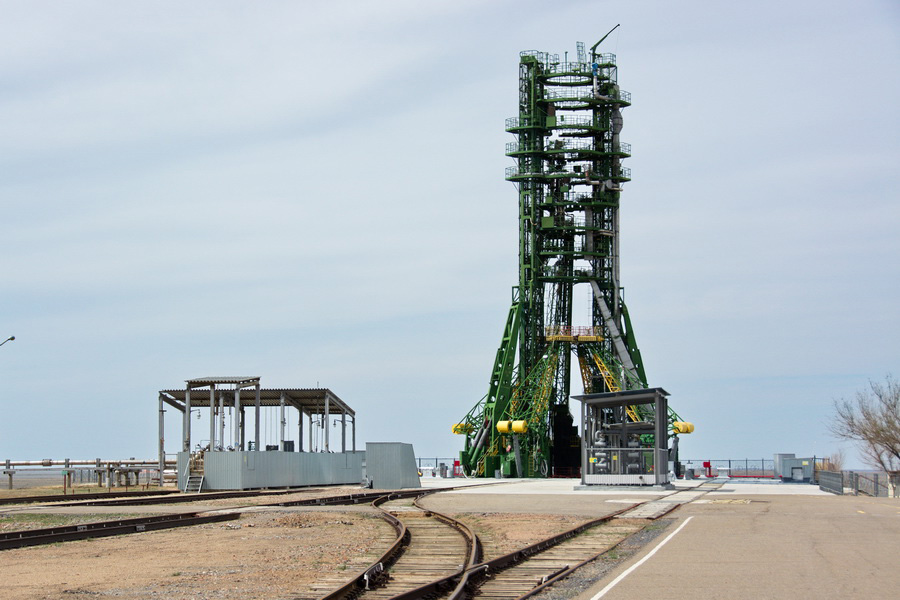
Baikonur Site 31 is the second most important launch pad at the Baikonur Cosmodrome. It is practically a complete copy of Baikonur Site 1, "Gagarin's Start." At the Baikonur Cosmodrome, due to the peculiarity of the rocket's construction and installation for each type, separate launch pads were built. And if at the dawn of space exploration, one launch pad was enough for the R-7 type rockets, then a few years later, the number of launches sharply increased, and an additional launch pad was required.
The first launch from Baikonur Site 31 was carried out on January 14, 1961. This launch pad was used more for launching cargo versions of the "Soyuz" rocket, which carried research probes, satellites, and later payloads for sending to orbital stations. Although several times Baikonur Site 31 was also used for manned missions. Over the 60 years of its existence, more than 400 rockets have been launched from Baikonur Site 31!
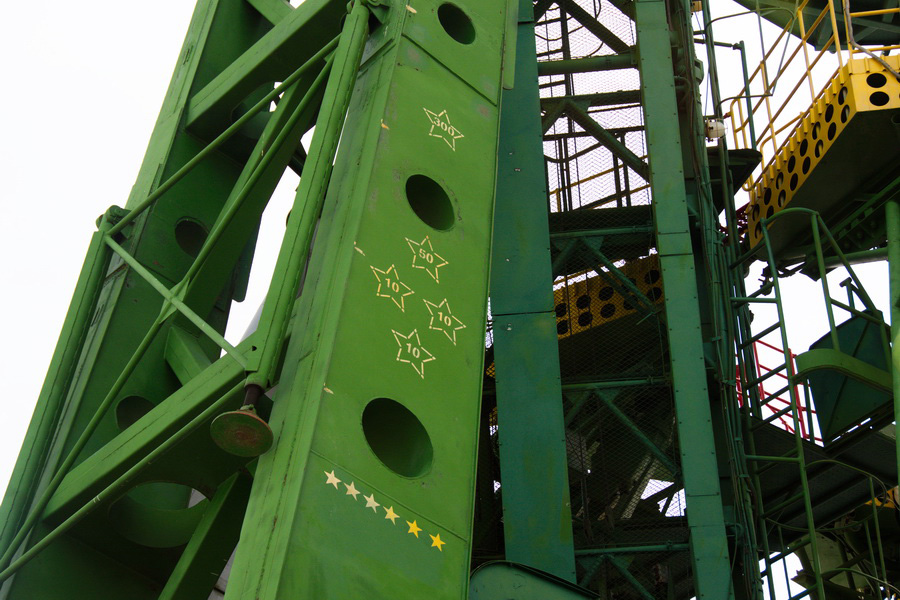
In 2006, Baikonur Site 31 was upgraded for launching new carrier rockets, the "Soyuz-2", and since 2019, it has become the main launch pad at the Baikonur Cosmodrome, while Baikonur Site 1 is undergoing reconstruction.


